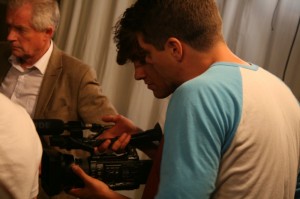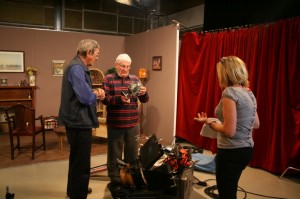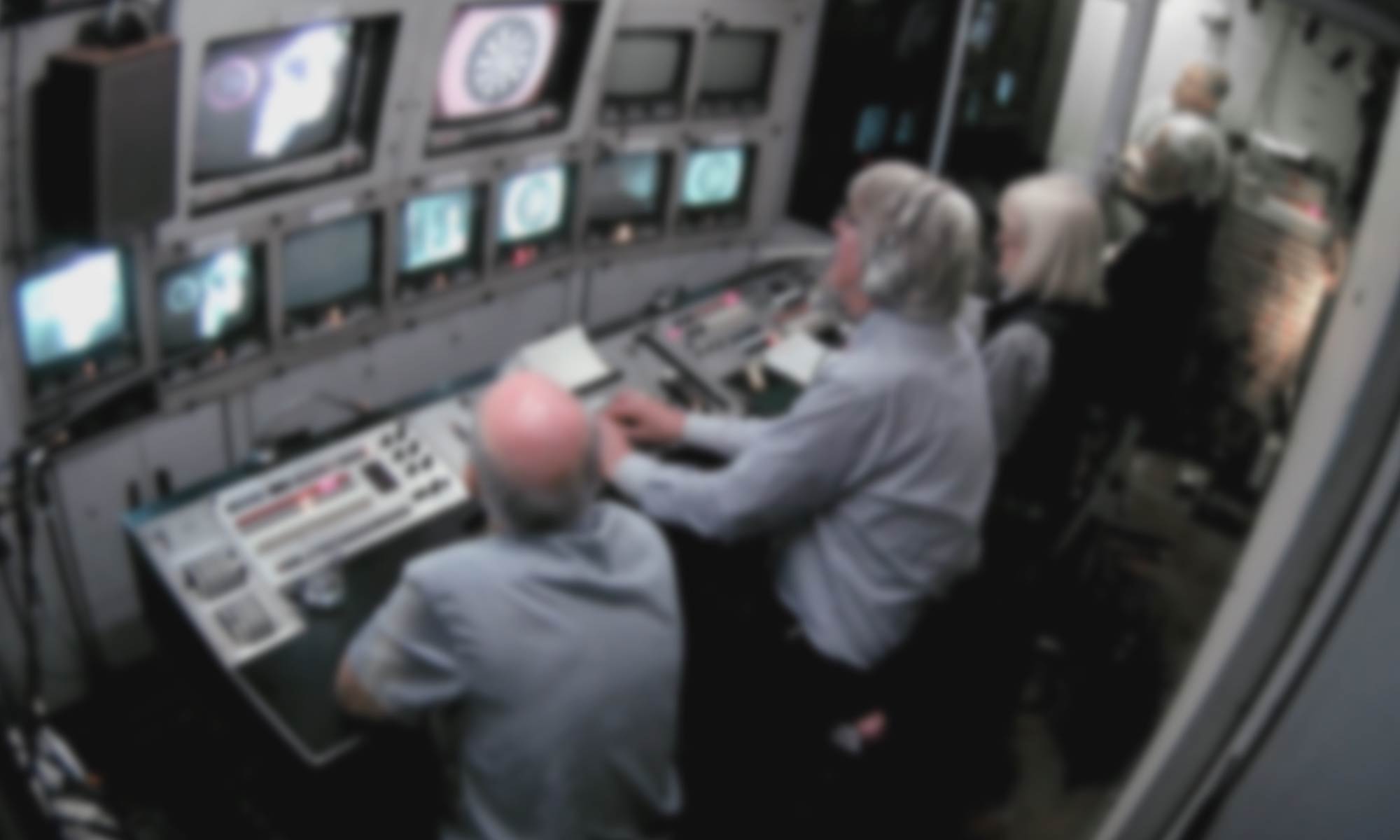ADAPT is a five-year (2013-2018) research project, funded by the European Research Council and based at Royal Holloway, University of London. The aim of the project is to research and document the history of British broadcast television technology between 1960 and the near-present.
Television has seen vast technological changes since 1960. In 1960, the revolutionary technologies were two-inch videotape and 16mm film with synched tape-recorded sound. Tape and film editing gave way to non-linear post-production in the 1990s. Now we have tapeless production in high definition.
All these changes have affected what has appeared on the screen. It also affected the lives of skilled technicians, who sometimes had to adapt to new ways of working, and just as often took a hand in adapting the available equipment to their specific needs.

ADAPT will now draw together the threads of this complex story. This is important now that archival television footage is becoming available at an astonishing rate, either online assets, in archival programming and through DVD release. For new users, archival footage can be disconcerting.
People ask questions like:
- Why are interviews so formal and so short? Why do people often seem rehearsed or ill at ease? Where are the probing conversational exchanges that we are used to today?
- Why was so much fiction shot in studios?
- Why does so much old fiction seem so slow? Why do the settings seem so cramped?
- Why is the sound so ‘hollow’ or so ‘muddy’?
- Why is there so much news footage with no sound?
 ADAPT will explain that the available technological arrays tended to dictate particular ways of shooting and editing.
ADAPT will explain that the available technological arrays tended to dictate particular ways of shooting and editing.
Technology may have dictated, but skilled technicians often found a way around the limitations. In every shoot and edit, in every broadcast presentation, there were elements of improvisation. Skilled craftspeople have their stories to tell as well: how their skills became ‘second nature’; how they adapted equipment to new purposes; how work was organised; how new equipment was introduced. TV has big stories to tell:
- about how organisations deal with technological change,
- about what happens when individuals adapt equipment to their own purposes.
Both have a lot of relevance for understanding how people will deal with the current proliferation of complex technologies in their homes and workplaces.
